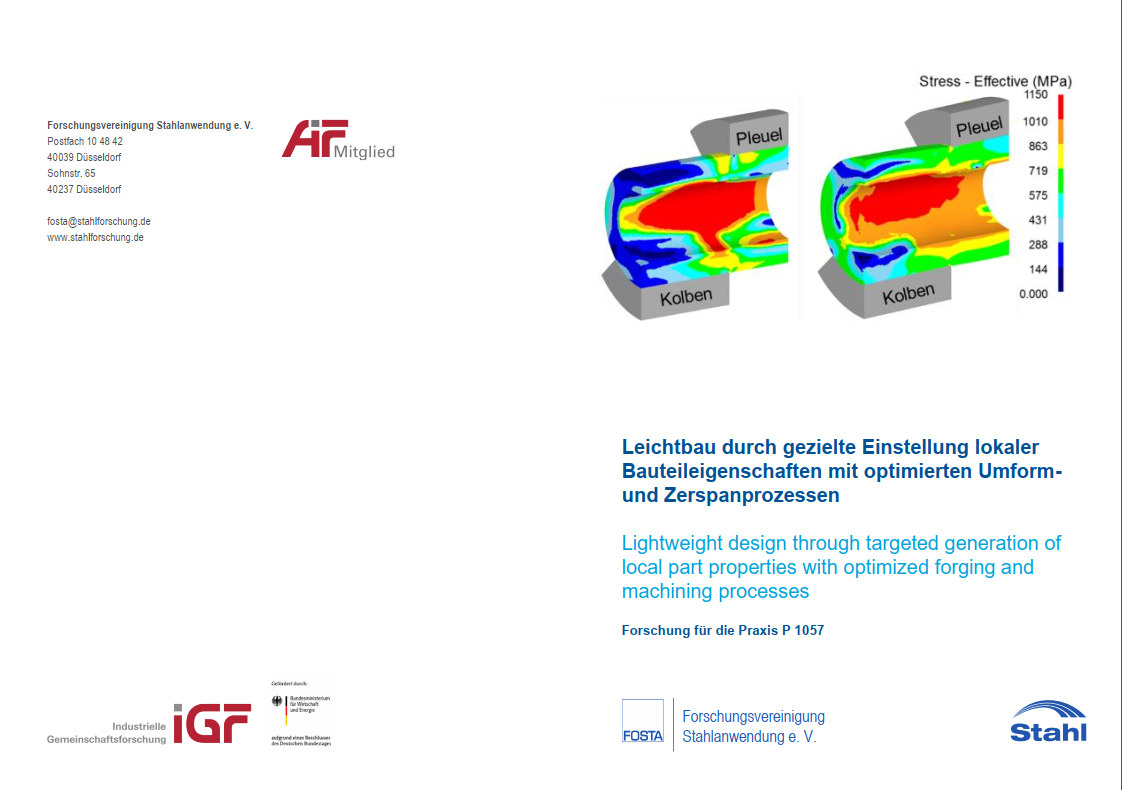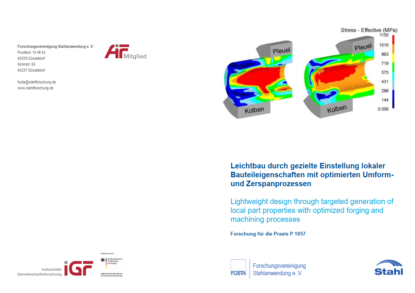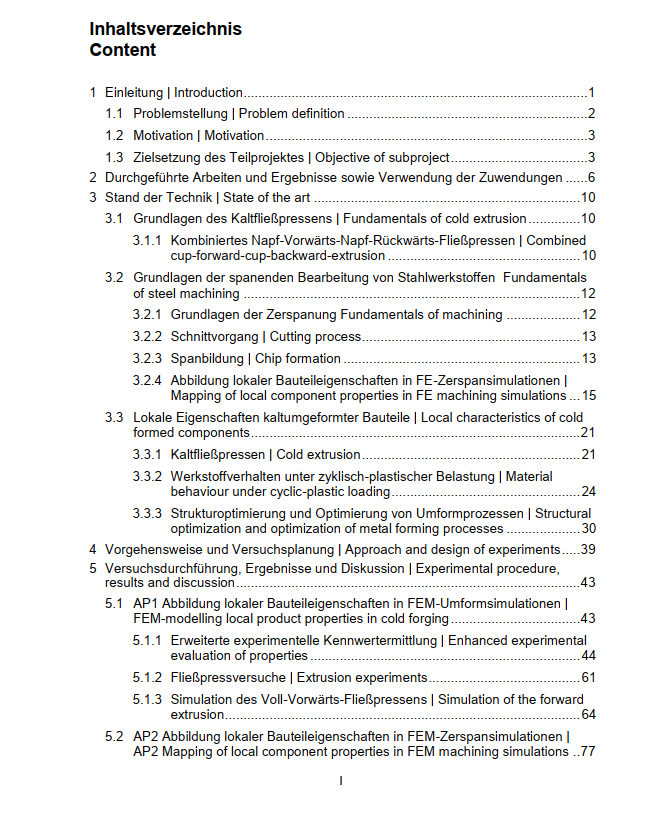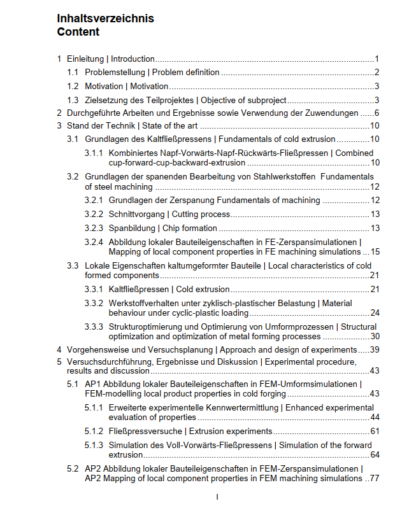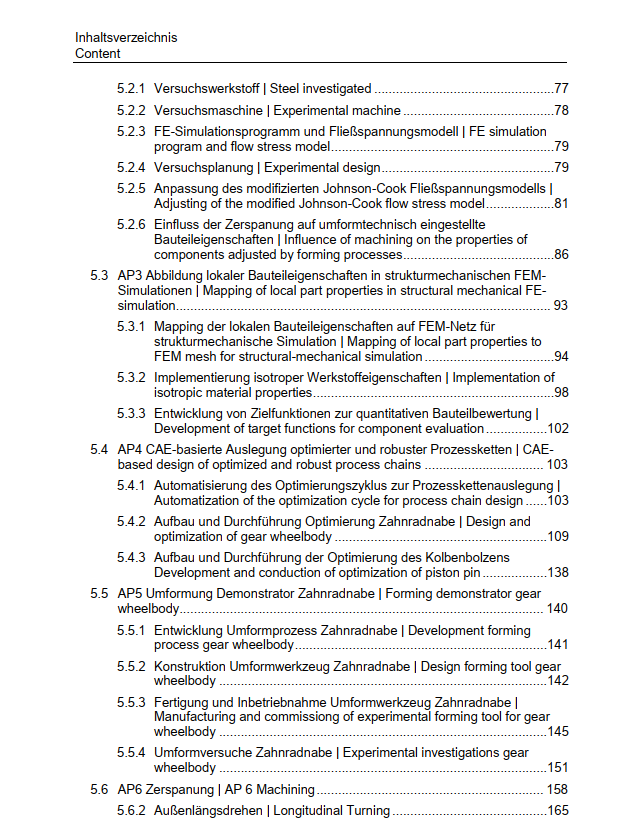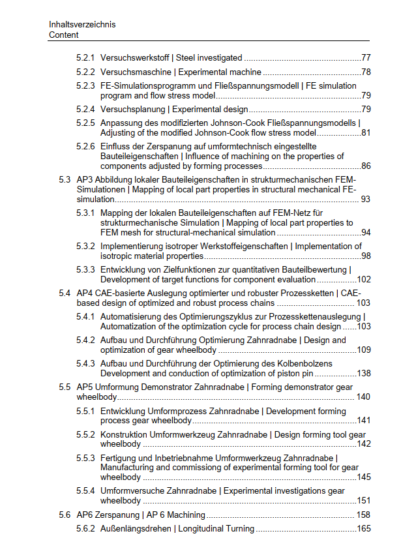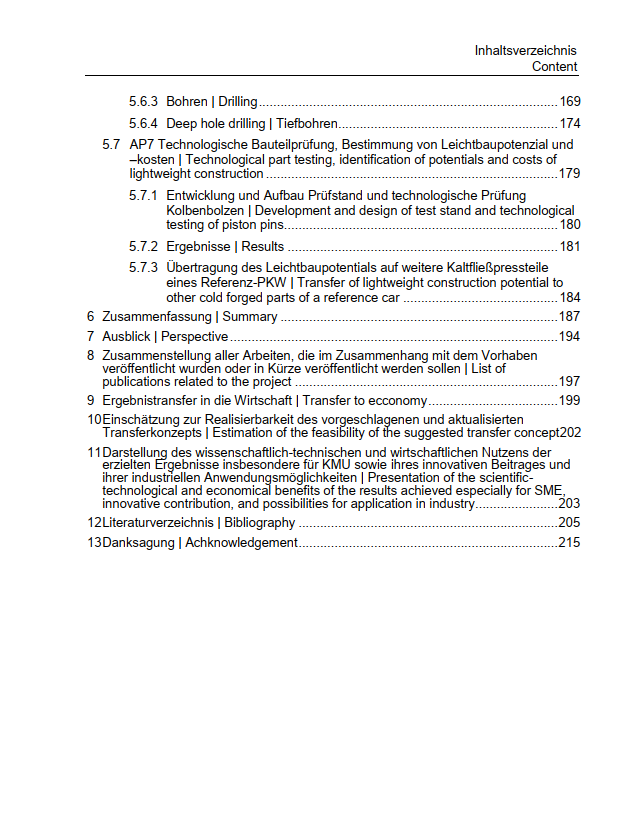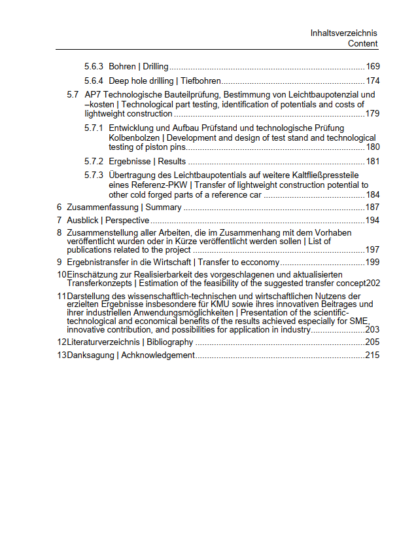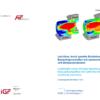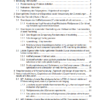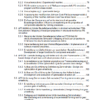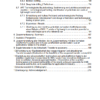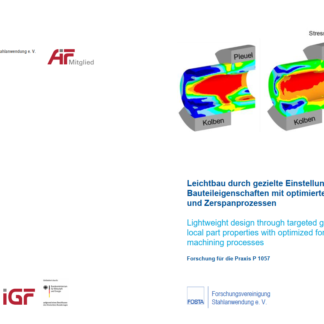Description
P 1057 – Lightweight design through targeted generation of local part properties with optimized forging and machining processes
This project aims at closing the existing gap between the definition of local component properties, in particular with regard to strain hardening, internal stresses and load-related fiber flow.Aiming to ensure these properties through optimised forming and machining processes as well as the development of steel materials with properties suitable for the process (cold formability, yield strength, strain hardening, machinability). A further goal of this subproject was the development of an efficient methodology for the virtual design of robust forming and machining processes taking into account optimal local component
properties.
Usually, only a homogenized increase in material strength as a result of the cold forming process is assumed with sufficient safety and lightweight design potential is derived from this. Nowadays, local strength properties of cold formed workpieces as well as residual stresses and especially the fiber flow are often insufficiently considered in component and forming process design and subsequent machining processes. In this subproject, lightweight design potentials were investigated by targeted adjustment of local component properties to be achieved by optimised forming and machining processes. Further, a methodology for the efficient CAE-based design of optimised and robust cold extrusion and downstream machining processes for the economical production of lightweight components was developed. Thus, an improved prediction of the mechanical material properties as a result of strain hardening and residual stress can be achieved for cold forming extrusion of steel components. Due to the more precise determination and adjustment of material properties, lighter components can be designed. Similar deficits
exist in the development of steel materials.
In accordance with the structure process chain, the local component properties were first mapped in the cold forming process by the use of FEM forming simulations and then in subsequent machining process. Previously recorded results were mapped to a structuralmechanical FEM simulation and the properties of the components depending on the load direction were determined. The results of these three simulation packages were subsequently used for the integration into a CAE-based design of optimised and robust process chains for lightweight design purposes. Two demonstrator components (gear hub and piston pin) were developed using this methodology to demonstrate the potential of the investigated lightweight design methodolgy. A forming tool was built to manufacture a gear wheel according to subproject 2. Finally, the results were used to carry out economic feasibility studies with regard to machining effort as well as to component structural design to determine the potential and costs of lightweight design.
Main content only available in german language.
Published in:
February 2020
FOSTA – Research Association for Steel Application

